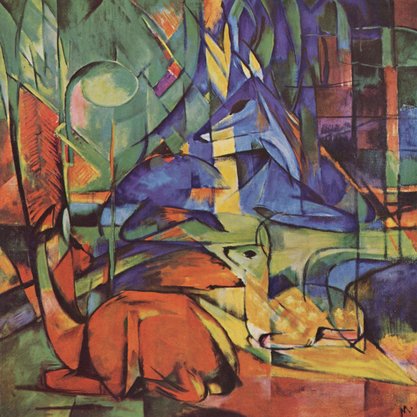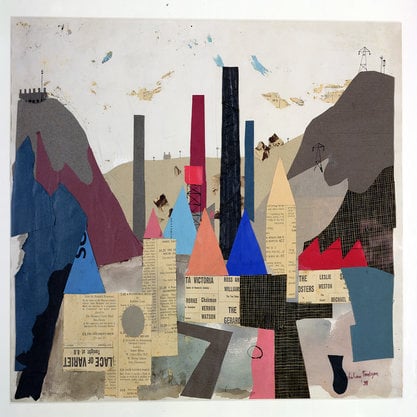Article
Film Noir By Dillon, Mike
Article
Hollywood of the 1940s and 1950s saw the emergence of ‘film noir’, a cycle of fatalistic crime thrillers, often produced as ‘B’ movies and distinguished by their narrative experimentation, expressive visual design, and stylized dialogue. Noir cemented the now-familiar archetypes of private detectives and femme fatales as well as techniques like flashbacks and first-person narration. Noir’s roots are wide-ranging, including hardboiled American crime fiction and cinematic movements like French Poetic Realism, Italian Neorealism, and German Expressionism. In subsequent decades, new generations of ‘neo-noir’ filmmakers would approach these conventions self-consciously, signalling a deliberate retooling (or even subversion) of the classical moulds. Today, neo-noir is visible across a variety of genres, such as science fiction and superhero films, and features in the works of numerous acclaimed filmmakers.





